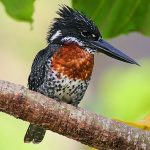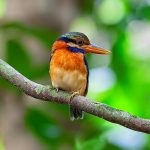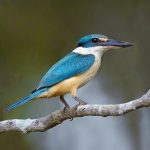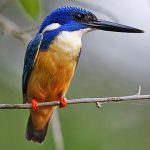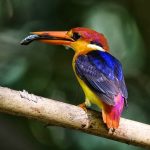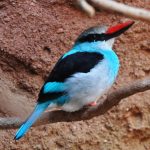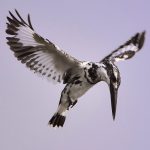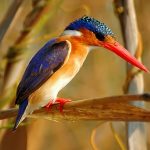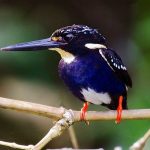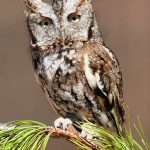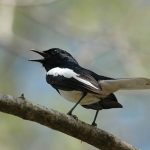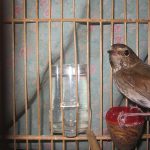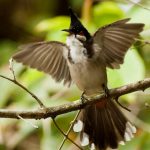Laughing kookaburra
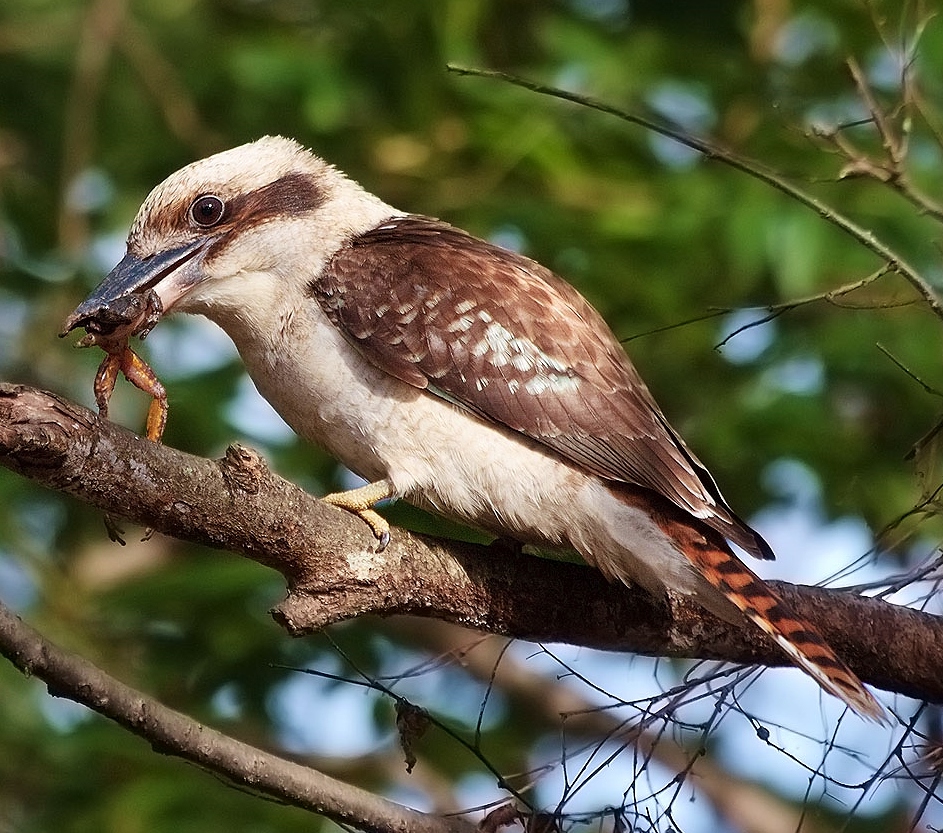
 |
| Photo by Richard Taylor (Wikipedia) |
Common name:
laughing kookaburra (en); cucaburra-comum (pt); martin-chasseur géant (fr); cucaburra común (es); jägerliest (de)
Taxonomy:
Order Coraciiformes
Family Alcedinidae
Range:
These birds are found in eastern and southern Australia and have recently been introduced to Tasmania, south-western Australia and New Zealand.
Size:
Laughing kookaburras are 40-45 cm long and have a wingspan of 56-66 cm. They weigh 190-465 g.
Habitat:
They are mostly found in dry and open eucalyptus forests and woodlands, but also along rivers and streams, in agricultural areas and in wooded areas within urban areas.
Diet:
These birds eat insects, such as beetles and grasshopper, insects, worms, crustaceans and also small snakes, mammals, frogs and some birds. They catch their prey by pouncing from a suitable perch.
Breeding:
Laughing kookaburras breed in August-January. They are monogamous and believed to pair for life, but offspring from the previous year often help incubate and raise the chicks. They nest in a tree cavity, either a natural cavity or a burrow excavated in an arboreal termite mound, about 10 m above the ground, where the female lays 2-4 white eggs. The eggs are mainly incubated by the female, but also the male and the helpers for 24-29 days. The chicks are fed by both parents and the helpers and fledge 32-40 days after hatching.
Conservation:
IUCN status – LC (Least Concern)
This species has a very large breeding range and is described as widespread and common.
The population is suspected to be in decline owing to ongoing habitat destruction, but the laughing kookaburra is not threatened at present.

